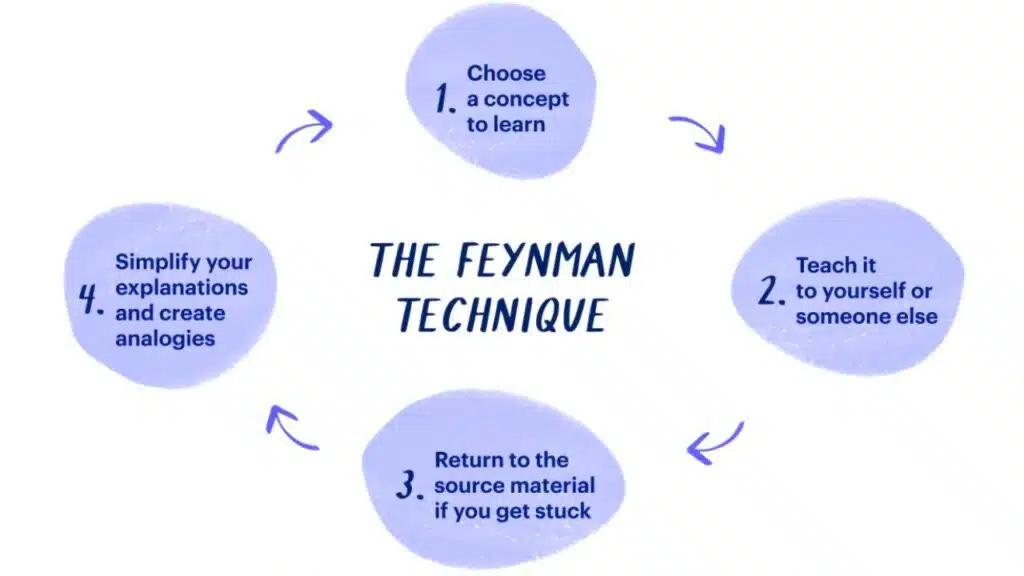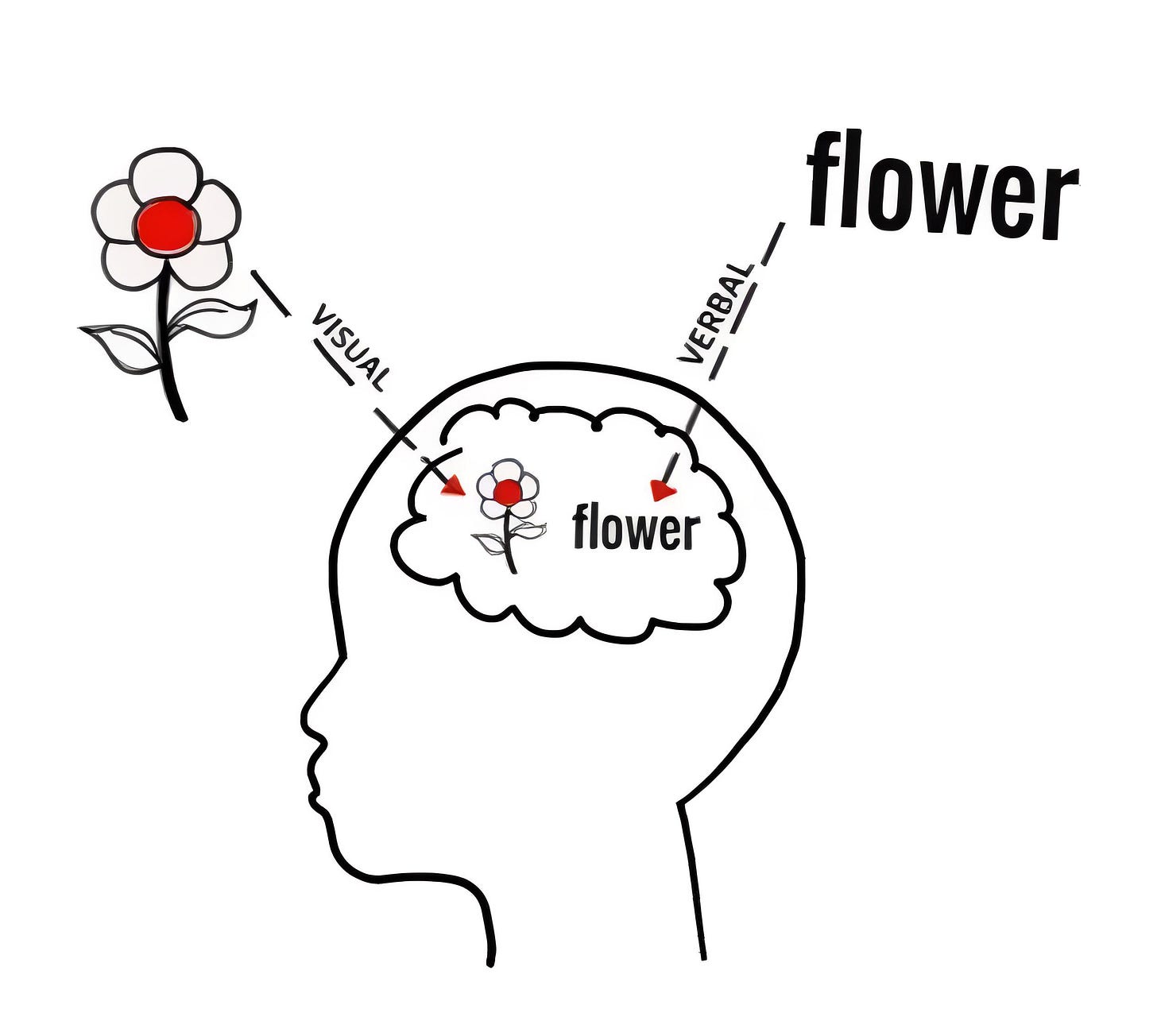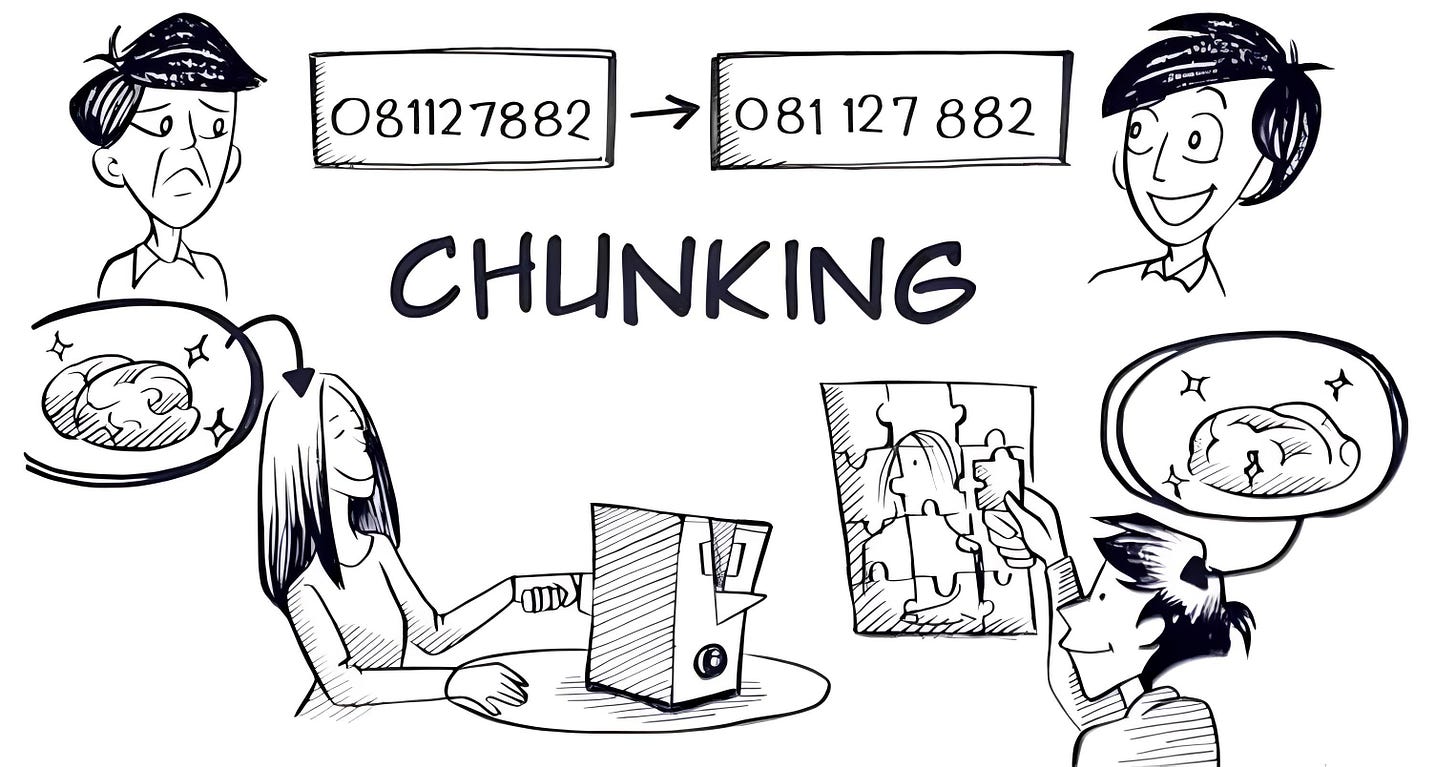How To Learn Anything 5x Faster
The skill that multiplies every other skill.
Hey Ambitious,
In today's issue:
How To Learn Anything 5x Faster
The Reason You Can’t Learn Faster (And How To Fix It)
9 Frameworks That Multiply Your Learning
Let’s dive in!
How To Learn Anything 5x Faster
When most people say they want to get better at something, they immediately jump into doing.
They buy the books.
Watch the YouTube videos.
Download the apps.
Maybe even take a course.
But a few weeks in, they stall.
They forget what they read.
They can’t recall key ideas.
And worst of all—they feel like they’re learning, but nothing’s actually sticking.
This is the problem with how we’re taught to learn.
It’s passive.
It’s scattered.
And it’s slow.
But there’s a better way.
Researchers and top performers alike have uncovered a set of frameworks that accelerate learning, not by working harder, but by working smarter.
These are techniques that improve retention, deepen understanding, and turn theory into action.
If you’ve ever wondered how some people seem to learn new skills faster, retain more, and implement faster—it’s not talent.
It’s strategy.
This newsletter is a roadmap for that strategy.
By the end, you’ll know how to learn anything 5x faster than the average person—and actually remember it.
The Reason You Can’t Learn Faster (And How To Fix It)
Most people think learning is about consuming information.
Read more books.
Watch more videos.
Take more notes.
But learning isn’t about what you consume—it’s about how you process and retrieve it.
Let’s break down the flawed approach:
Linear Learning – People study topics in isolation. They go chapter-by-chapter instead of making connections between ideas.
Cramming – They try to absorb everything in one sitting. But memory decays rapidly without repetition.
Passive Input – Highlighting, re-reading, and underlining may feel productive, but they don’t improve retention.
Now let’s flip the script.
High-performance learners think differently.
They don’t just consume. They interact.
They don’t just study. They test.
They don’t just remember. They connect.
They use learning frameworks.
Think of these as mental models for skill acquisition—they reduce friction, increase retention, and make the process frictionless.
These aren’t new. They’ve been proven by neuroscience and used by top performers for decades.
But most people never apply them consistently.
Until now.
Let’s break them down into a simple, step-by-step system you can apply today.
The Fast Learner’s Toolkit: 9 Frameworks That Multiply Your Learning
“Learning is not the product of teaching. Learning is the product of the activity of learners.” — John Holt
The following 9 frameworks are your tools. Think of them as building blocks. Each one targets a different aspect of how your brain absorbs and applies knowledge.
Here’s how to stack them.
1. The Feynman Technique — Learn by Teaching
“If you can’t explain it simply, you don’t understand it well enough.” — Albert Einstein
Teaching is the highest form of understanding.
If you can break down a concept so clearly that a 12-year-old could grasp it, you truly own that knowledge.
Explaining forces you to clarify fuzzy thinking, expose gaps in understanding, and connect loose ends. It transforms passive recall into active processing.
Pick a concept or skill you want to understand deeply.
Write out an explanation in the simplest terms possible.
Spot what’s unclear or confusing.
Study those parts again.
Simplify further until it flows smoothly.
Example:
Let’s say you’re learning how Bitcoin works.
Try explaining it like this:
“Bitcoin is a digital currency. Instead of being printed, it’s mined by computers solving math problems. These solutions verify transactions and are recorded on a public list called the blockchain.”
If you can’t get to that level of clarity, go back and refine your knowledge.
2. Dual Coding — Words + Visuals Beat Words Alone
“People learn better from words and pictures than from words alone.” — Mayer’s Multimedia Principle
We retain information better when it’s presented in multiple formats—especially visual + verbal.
Different parts of your brain process visual and linguistic information. When both are activated, learning is enhanced through deeper encoding and better recall.
Draw diagrams, timelines, and concept maps.
Use infographics to summarize written notes.
Explain visuals in your own words to deepen encoding.
Example:
If you’re learning about marketing funnels, create a flowchart showing each stage (Awareness → Consideration → Conversion) and pair it with definitions in simple words.
Metaphor: It’s like downloading a file in two formats. You always have a backup if one fails.
3. Spaced Repetition — Beat the Forgetting Curv
“Practice doesn’t make perfect. Practice with spacing makes permanent.” — Research from Ebbinghaus
We forget what we don’t revisit.
Spacing reviews over time strengthens memory.
Each time you revisit material after a delay, your brain has to work harder to retrieve it. This difficulty boosts retention through a phenomenon called “desirable difficulty.”
Use apps like Anki or physical flashcards.
Schedule review sessions: Day 1 → Day 3 → Day 7 → Day 14.
Keep sessions short but focused.
🧩 Example:
Learn new vocabulary on Monday, quiz yourself on Wednesday, again on Saturday, then review it next week. You’ll remember far more than if you studied it all at once.
Metaphor: Learning is like watering a plant. You don’t flood it once. You water it often.
4. Interleaving — Mix, Don’t Block
“Studying multiple skills at once improves your ability to distinguish between them.” — Robert Bjork
Mixing up topics (instead of studying one in isolation) helps you learn to apply skills in varied, real-world situations.
Interleaving forces your brain to recognize patterns, make distinctions, and apply context—rather than rote memorization.
Rotate between different but related subjects (e.g., copywriting, storytelling, branding).
Quiz yourself on mixed problems instead of grouped ones.
Build study playlists that jump between topics.
Example:
A basketball player practices shooting, passing, and defense all in the same session—not just shooting for 2 hours.
Example: Study writing, then coding, then marketing—not just writing for 3 hours.
5. Mind Maps — Mirror Your Brain’s Natural Structure
“The mind doesn’t think in lines. It thinks in networks.” — Tony Buzan
Mind maps organize ideas around a central theme and help you see relationships between concepts.
Visual-spatial organization triggers associative thinking, reinforcing connections between pieces of knowledge.
Start with a central idea in the middle of the page.
Branch out with subtopics, then further branch with examples or supporting ideas.
Use color, images, and curved lines to make it memorable.
Example:
If you’re learning personal finance, your mind map might branch into: Income → Budgeting → Investing → Taxes → Debt.
Metaphor: A mind map is like a mental subway map—easy to navigate and always showing how ideas link.
Use case: Great for brainstorming, revising, and connecting ideas quickly.
6. Chunking — Group Info For Better Recall
“The essence of intelligence is the ability to make distinctions.” — Nassim Taleb
Chunking organizes information into manageable, meaningful units so your brain can store and retrieve them efficiently.
Our working memory has a limited capacity (around 7 pieces of info). Chunking bypasses this by turning many inputs into one pattern or structure.
Group related facts, ideas, or steps together.
Create acronyms, phrases, or visual groupings.
Practice until each chunk becomes automatic.
Example:
Phone numbers use chunking: 555–867–5309 instead of 5558675309.
Metaphor: Think of LEGO blocks. Build small, then assemble into something big.
7. Pareto Principle — Learn The 20% That Drives 80%
“80% of results come from 20% of the effort.” — Vilfredo Pareto
Not all learning inputs are equal. Identify and focus on the high-leverage 20%.
Most outcomes are driven by a small number of causes. In learning, mastering the fundamentals drives 80% of long-term skill development.
Deconstruct the skill.
Find what drives results (e.g., in writing: clarity, headlines, storytelling).
Obsess over those core inputs.
Example:
In learning guitar, chords and rhythm give you 80% of playing ability. Advanced solos are the other 20%.
In writing, 20% of effort goes to headlines, intros, and clarity. Nail those first.
8. SQ3R Method — A Framework For Active Reading
“To read without reflecting is like eating without digesting.” — Edmund Burke
SQ3R is a 5-step strategy for reading actively and retaining more.
It transforms reading from passive intake to active construction of meaning. You engage with material before, during, and after reading.
Survey — Skim headings and structure.
Question — What do I want to learn from this?
Read — Engage deeply with purpose.
Recite — Summarize in your own words.
Review — Revisit your notes or key takeaways.
Example:
Before reading a productivity book, ask, “How does this help me with time management?” Then read with that lens.
Metaphor: It’s like going on a road trip with a map—not just wandering.
9. Overcoming “The Dip” — Stay The Course
“The dip is the long slog between starting and mastery.” — Seth Godin
Every skill has a “Dip”—a low point where motivation fades and progress slows.
Most people quit here.
Smart learners plan for it.
Expecting the Dip reframes struggle as part of the process. It builds grit and mental toughness.
Track progress weekly, not daily.
Use visual reminders of long-term goals.
Normalize boredom. Mastery is repetitive.
Example:
You’re 3 weeks into coding and it stops being fun. You hit bugs. You stall. That’s the Dip. Most quit. You push through.
Metaphor: The Dip is like mile 17 in a marathon—keep going, and the finish line appears.
Putting It All Together
You don’t need to apply all nine at once. Start with one or two. Stack the rest over time.
Here’s a suggested progression:
Start with the Feynman Technique and SQ3R.
Layer in Spaced Repetition and Chunking.
Mix it up with Interleaving and Mind Maps.
Optimize with the Pareto Principle.
Stay committed by expecting the Dip.
Last Word 👋
The faster you learn, the faster you adapt.
And the faster you adapt, the faster you grow.
Mastering how to learn is the master key to everything else.
Because if you can learn anything 5x faster, you can…
Build new habits
Reinvent your career
Launch new ideas
And become the person you’re trying to be—faster
Start slow. Learn deep. Stay consistent.
I love hearing from readers and I'm always looking for your feedback.
How I'm doing with the Elevated Path. Is there anything you want to see more of or less?
Which aspects of the Newsletter do you like the most?
Hit reply, say hello, and let me know what you think of this newsletter edition.
I'd love to chat with you !
All my best,
~ Elevated Path











